TIBET HOUSE MAJOR EVENTS
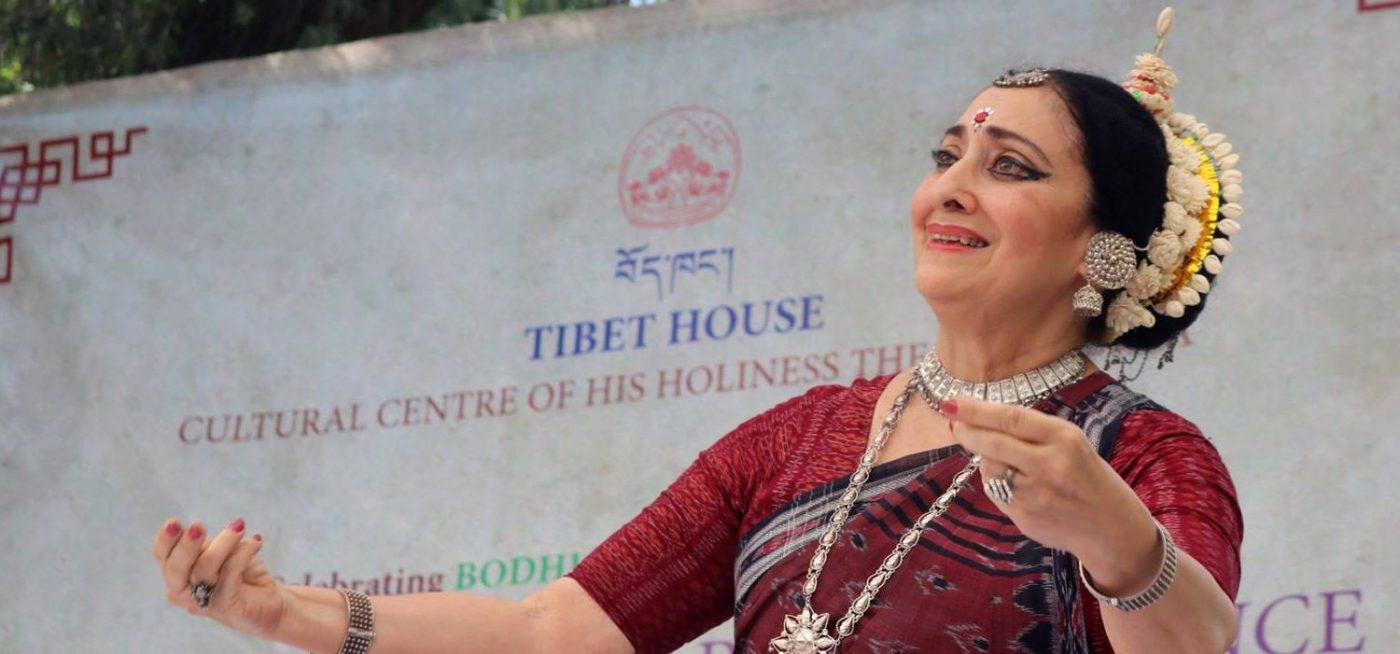
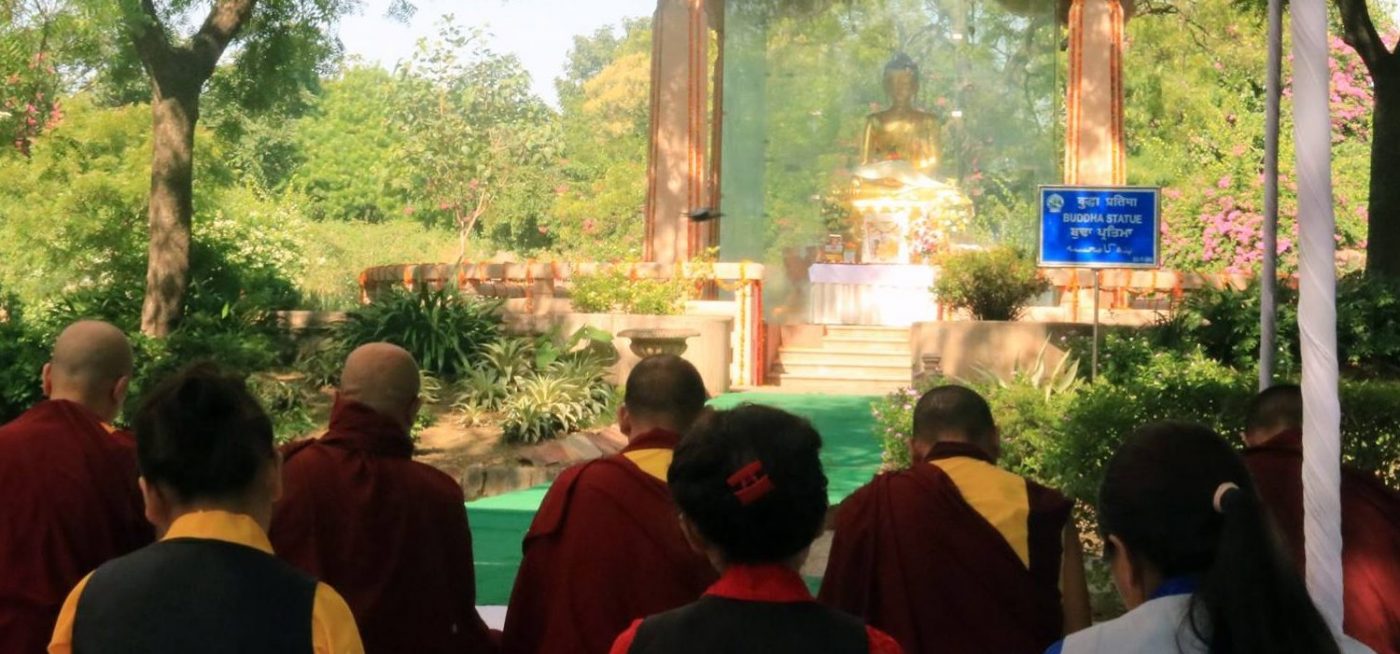
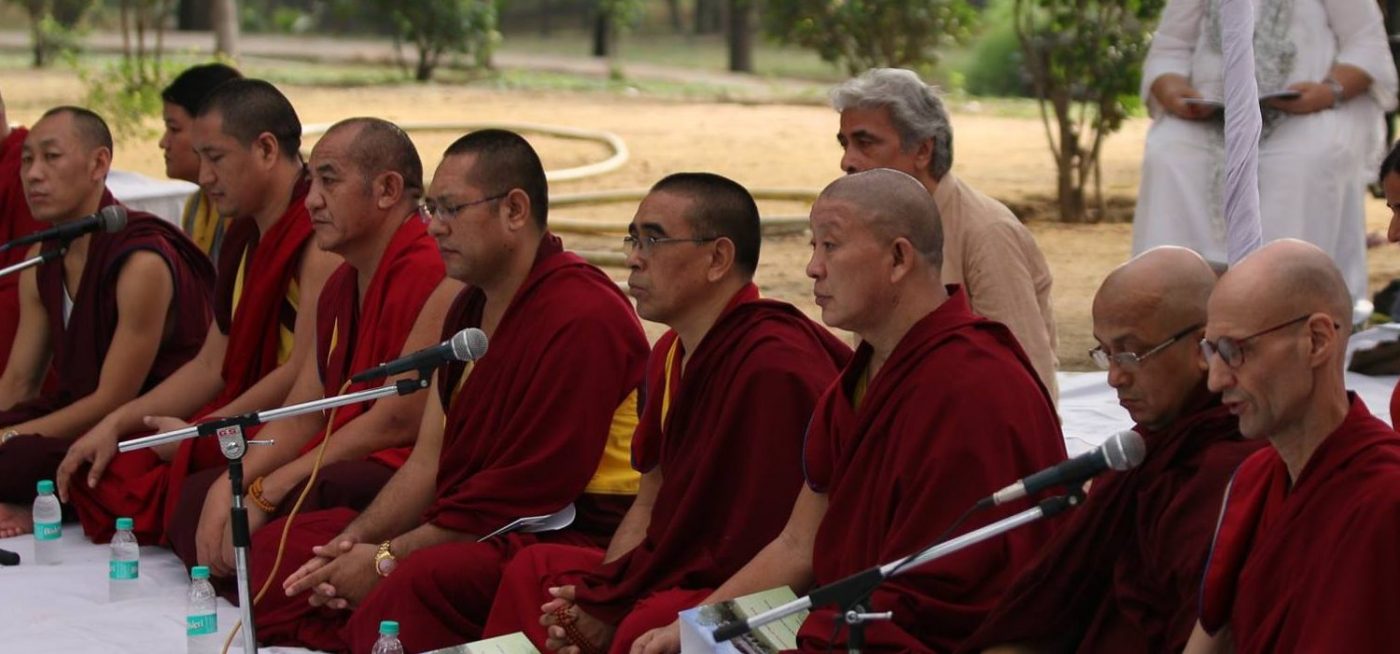
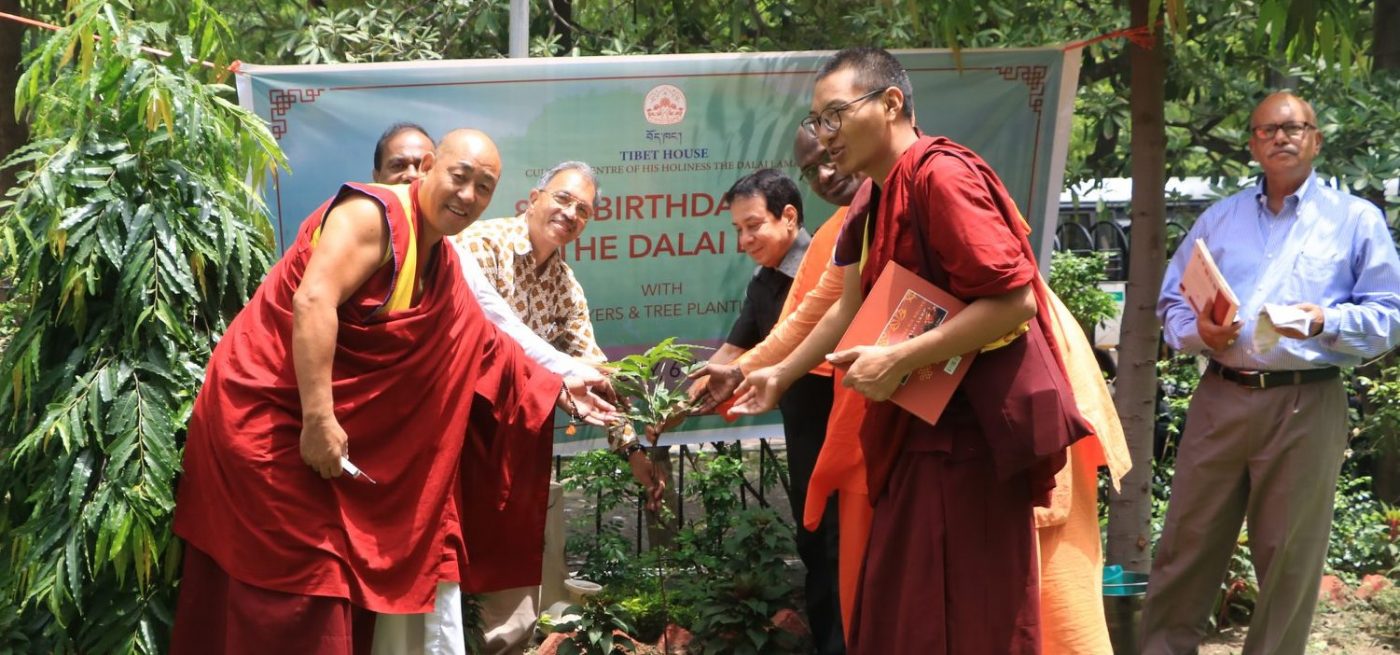
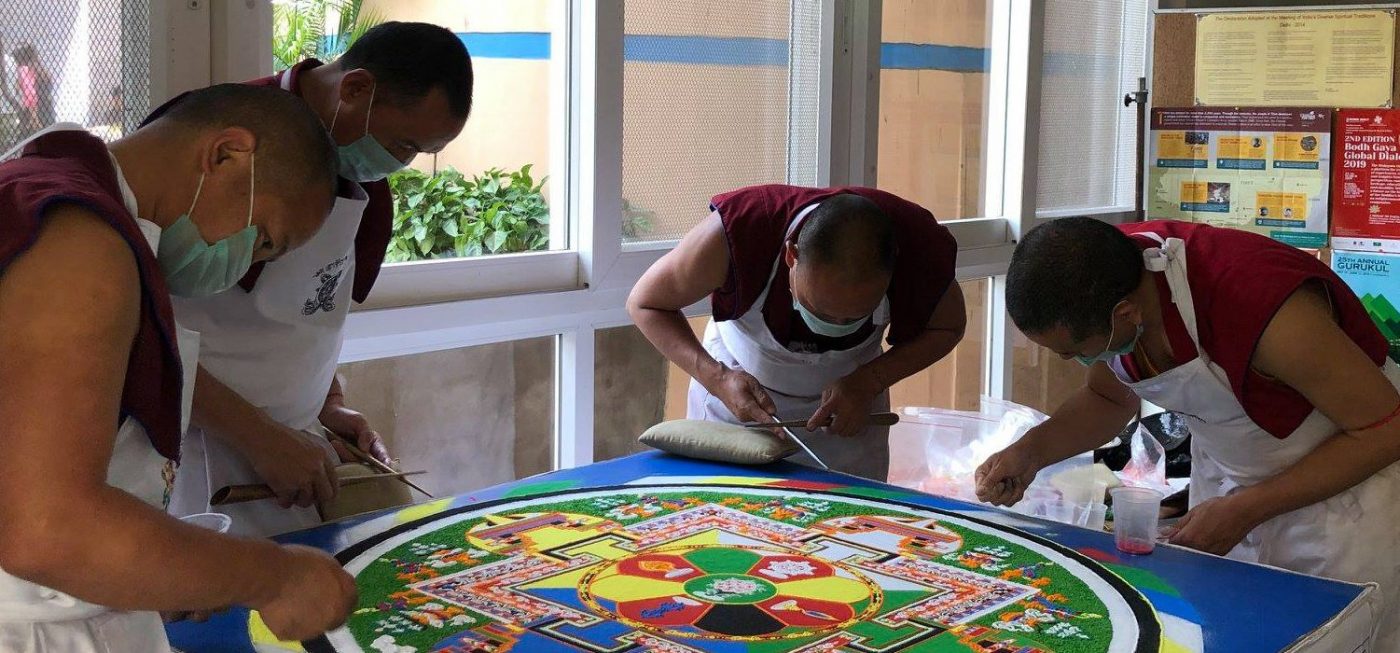
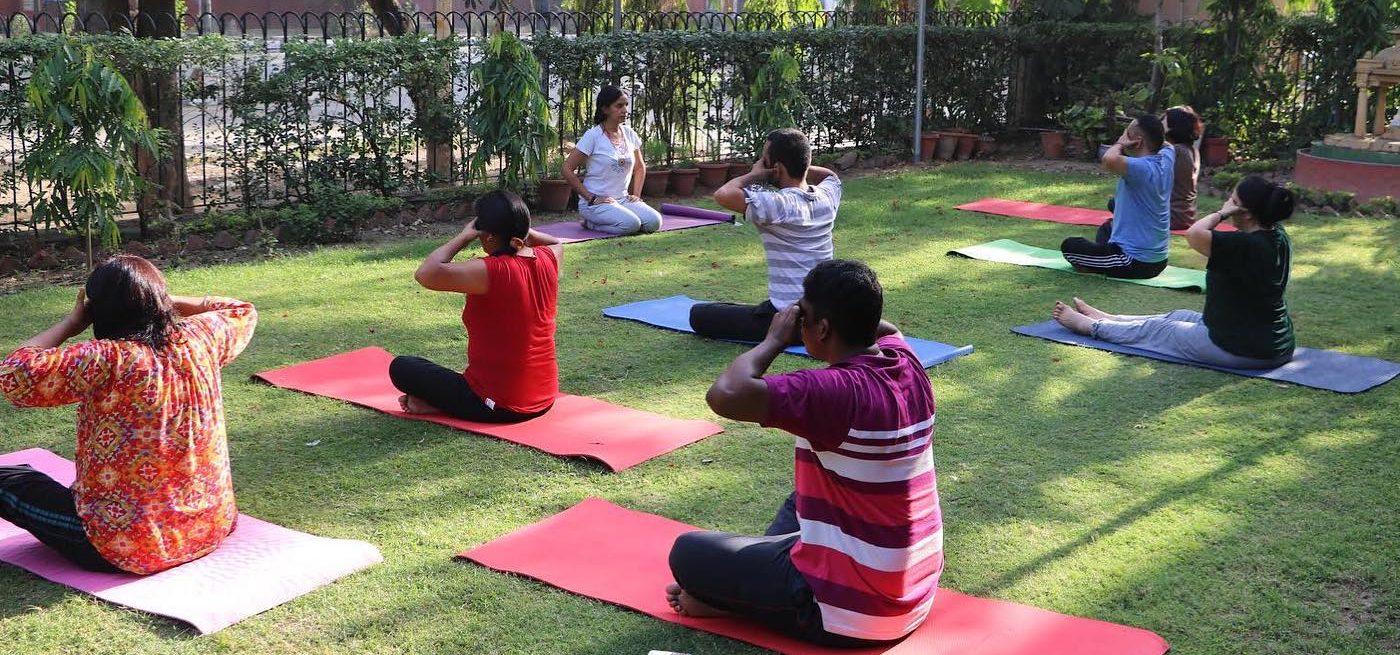
Installation of Buddha Statue at Buddha Jayanti Park
In 1983, His Holiness the Dalai Lama first expressed his wish to raise a statue of Buddha Shakyamuni as a token of the Tibetan people’s gratitude toward the people of India. His Holiness identified Buddha Jayanti Park in the Indian capital as the appropriate site for the statue. This park was named after Buddha Shakyamuni in 1956 to commemorate 2,500 years of Mahaparinirvana.
With the cooperation of the Indian Ministry of Urban Development and the Delhi Urban Arts Commission, and with the enthusiastic endorsement by the then Prime Minister Rajiv Gandhi, the project was set in motion by Tibet House.
The canopy, designed by the Japanese architect Kazuhiro and Maria Nakahara, and modified by M.N. Ashish Ganju, stands on an island of solid rock surrounded by a pool for waterbirds and an abundance of flowering shrubs and trees. Under this canopy sits the beautiful statue of Lord Buddha facing eastwards.
The statue of copper gilded with gold and eight feet tall has been created in the traditional Tibetan style by Mr. Pemba Dorjee, a master craftsperson from Dharamsala. Dharanis – meditation verses – from the scriptures were placed in hollow parts of the statue.
Sitting on a lotus pedestal in the bhumisparsha (touching the earth) mudra, the figure rests on a throne showing an engraving of Bhumidevi, the earth goddess. She symbolizes Mother Earth pleading for her children‘s alertness – an appeal to our responsibility for the earth, as HH the Dalai Lama interprets it.
The Buddha Statue was consecrated from September 30 to October 2, 1993, according to the ritual of Vajrabhairava, one of the principal meditational deities. His Holiness the Dalai Lama led the ceremonies, accompanied by the high lamas of the four Tibetan Buddhist traditions – Sakya Trizin (Sakya), Gaden Tri Rinpoche (Gelug), Drikung Chetsang Rinpoche (Kagyu),Minling Trichen Rinpoche (Nyingma) and fifty monks of the Namgyal Monastery. The rites invoke the Dharmakaya, the true body of the Buddha, to transform and remain in the material image for the welfare and protection of sentient beings.
On October 2, the slopes of the park were transformed into a colourful, serene, and joyous scenery. Monks and musicians seated on the hillocks sounded horns, trumpets and drums. Tibetan school children offered songs and the lawns were filled with 3,000 people – monks, high lamas, leaders of all religious faiths, Indian dignitaries, diplomats, Tibetan families, people of Delhi and friends of Tibet from around the world.
The statue, concealed by a “human curtain” formed by monks carrying coloured banners, was dramatically unveiled as they walked out in formation revealing the glorious and enchanting golden statue of the Buddha glinting in the sunlight. Auspicious offerings of sacred substances were offered with special prayers for universal peace and harmony by His Holiness the Dalai Lama and the chief guest.
Then the monument was formally presented to the Indian people and accepted on its behalf by Shri R.Venkataraman, former President of India. The celebration closed with auspicious music as the dignitaries left and the Tibetans happily dispersed into the park.
EARTH AS WITNESS
Earth as Witness, a video film covering the consecration and presentation ceremony of the Buddha Statue in Buddha Jayanti Park and the international conference on ‘Ecological Responsibility: A Dialogue With Buddhism’ was produced by Tibet House and later screened at India International Centre, New Delhi in 1994 with the opening remarks by Mr. Ashok Vajpeyi, Joint Secretary, Ministry of Human Resource Development, Government of India. Other films produced by Tibet House.
